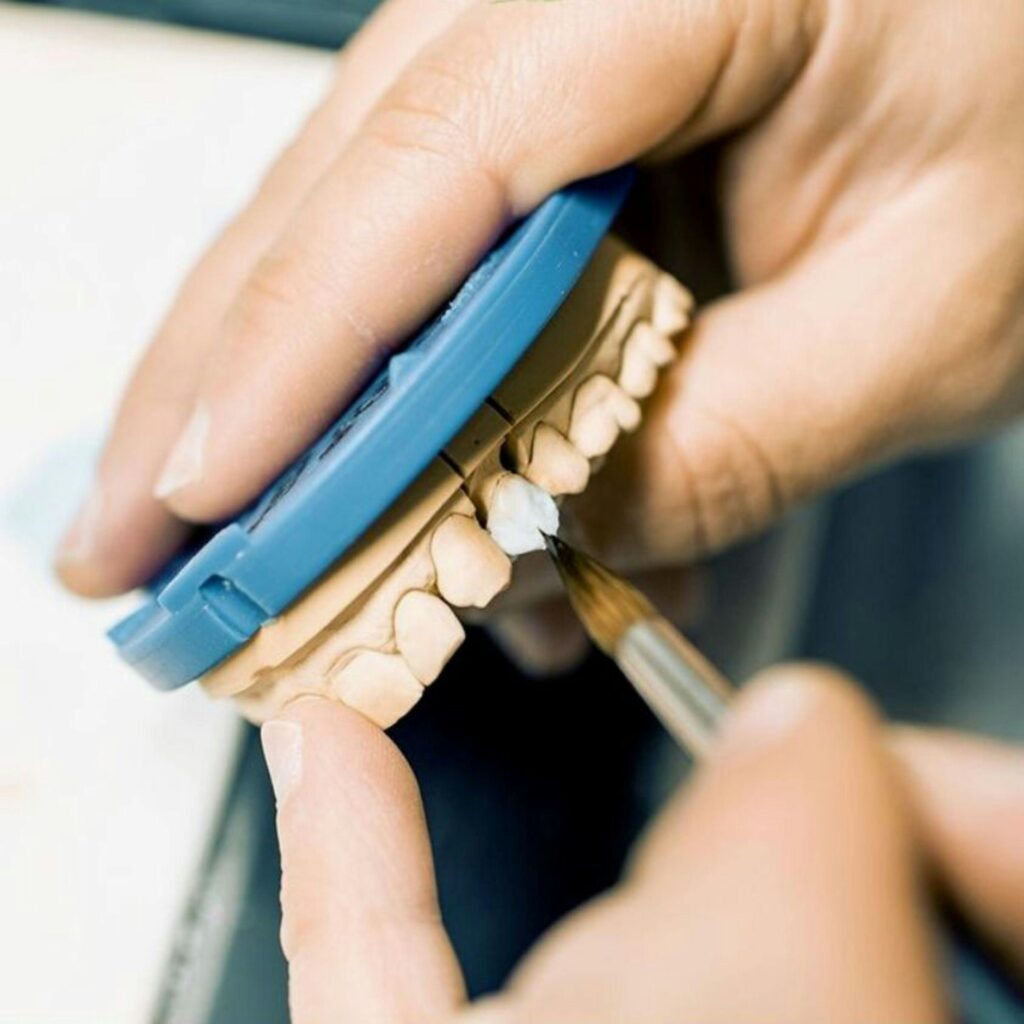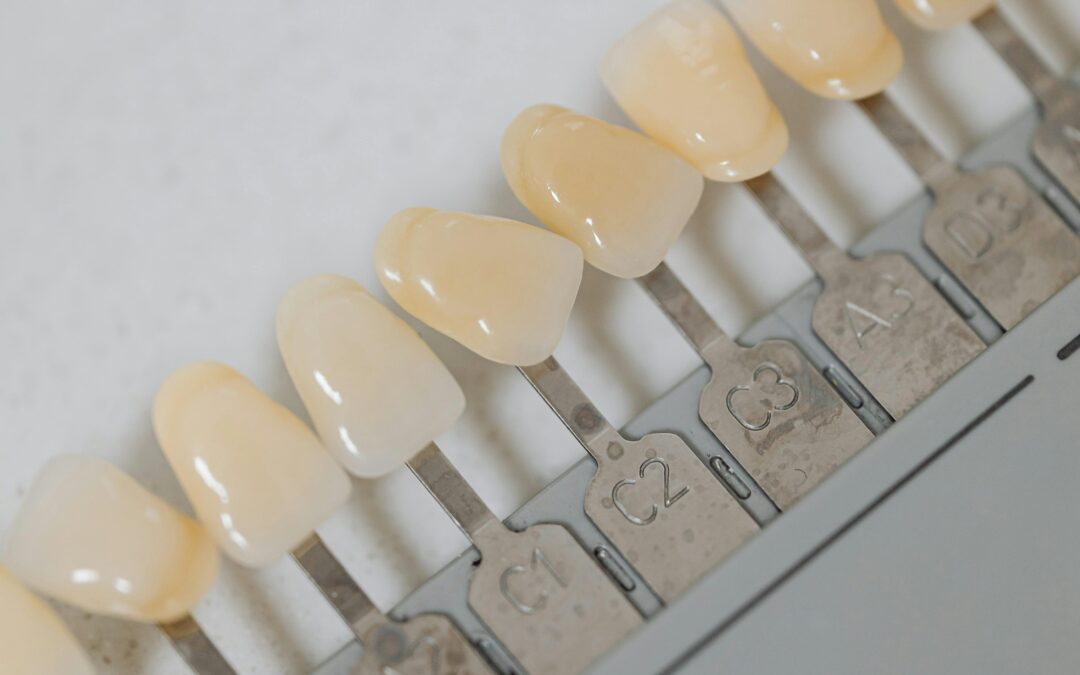Alright, let’s talk dental implants—the ultimate fix for when your smile isn’t quite the full set it once was. But, here’s the thing: not all dental implants are the same. There’s a whole range of different types of dental implants depending on your situation, so join Pacific Dental and let’s break it down in plain language. After all, nobody wants to make this choice without knowing what’s really going on, right?

All the Different Types of Dental Implants
1. Endosteal Implants: The Classic Go-To
Let’s start with the most common kind of the different types of dental implants: Endosteal implants. If you’ve got a healthy jawbone that can handle a titanium post being placed directly into it, this is probably your jam. The process goes something like this: the dentist drills into your jawbone, places the implant, and—voilà—you’re on your way to a new tooth. After the post has settled in (we’re talking a few months here), they’ll pop a crown on top, and boom! New tooth, who dis?
- Best for: People with a solid, healthy jawbone.
- Perks: These babies last. They’re strong, reliable, and feel just like a natural tooth. You’ll be back to biting into apples in no time.
2. Subperiosteal Implants: The Workaround for Weak Jawbones
Maybe your jawbone’s not in great shape. You’ve had some bone loss, and the idea of a titanium post sounds like it might be a bit much for your poor jaw to handle. Enter the Subperiosteal implant—a total game-changer for people without enough bone density. Instead of going into the bone, this implant sits on top of the jawbone, nestled under the gum tissue. Think of it as the chill cousin of Endosteal implants, just sitting back on the jaw, minding its business.
- Best for: People with significant bone loss who aren’t keen on bone grafting.
- Perks: You don’t need a strong jawbone, and it’s less invasive than some other options.
3. All-on-4 Implants: The Full-Arch Miracle
Okay, let’s say you’re missing most, if not all, of your teeth. Cue the All-on-4 implants, where you can replace an entire set of teeth with just four implants per arch (upper or lower). It’s like one big dental life hack. Instead of needing an implant for every single tooth (a nightmare, right?), they strategically place four implants and secure an entire set of pearly whites to them.
- Best for: Folks who’ve lost a full row of teeth or are tired of dealing with dentures.
- Perks: Fewer implants, quicker recovery, and—drumroll—you can walk out of the dentist with functioning teeth the same day in some cases. Instant smile glow-up!
4. Mini Dental Implants: The Quick Fix
Not feeling a big procedure? Enter Mini Dental Implants—the no-fuss, less-invasive of the different types of dental implants. These implants are about half the size of the standard ones and perfect for those smaller spaces (think: front teeth or stabilizing lower dentures). Plus, because they’re smaller, the procedure is a bit easier on you.
- Best for: People with less bone density or smaller teeth to replace.
- Perks: Faster recovery and no need for extensive surgery. It’s like the express lane of dental implants.
5. Zygomatic Implants: The Big Guns for Major Bone Loss
When regular implants won’t cut it due to severe bone loss in the upper jaw, it’s time to call in the Zygomatic implants. Instead of placing the implant in your jawbone, these go into your cheekbone (zygomatic bone). Yes, it sounds intense—but sometimes that’s what it takes to get a stable, functional set of teeth when the jawbone just won’t cooperate.
- Best for: People with significant upper jawbone loss.
- Perks: No bone grafting needed, and you still get a reliable, stable base for your new teeth. Bonus: you’ll have a solid reason to say “zygomatic” in casual conversation.

How to Choose the Right Dental Implant for You
So, now that we’ve run through the options of different types of dental implants, how do you pick the right one? Well, it all comes down to your situation. Got a healthy jawbone? Endosteal might be the move. If you’re dealing with bone loss, Subperiosteal or Zygomatic could be the answer. Missing all your teeth? All-on-4’s got your back. Want something quick and less invasive? Mini implants, baby.
Of course, the real key is working with a dentist who knows their stuff. Here at Pacific Dental we’ll take a look at your mouth, your health, and your needs to help you figure out the best option for your smile (and your budget).

